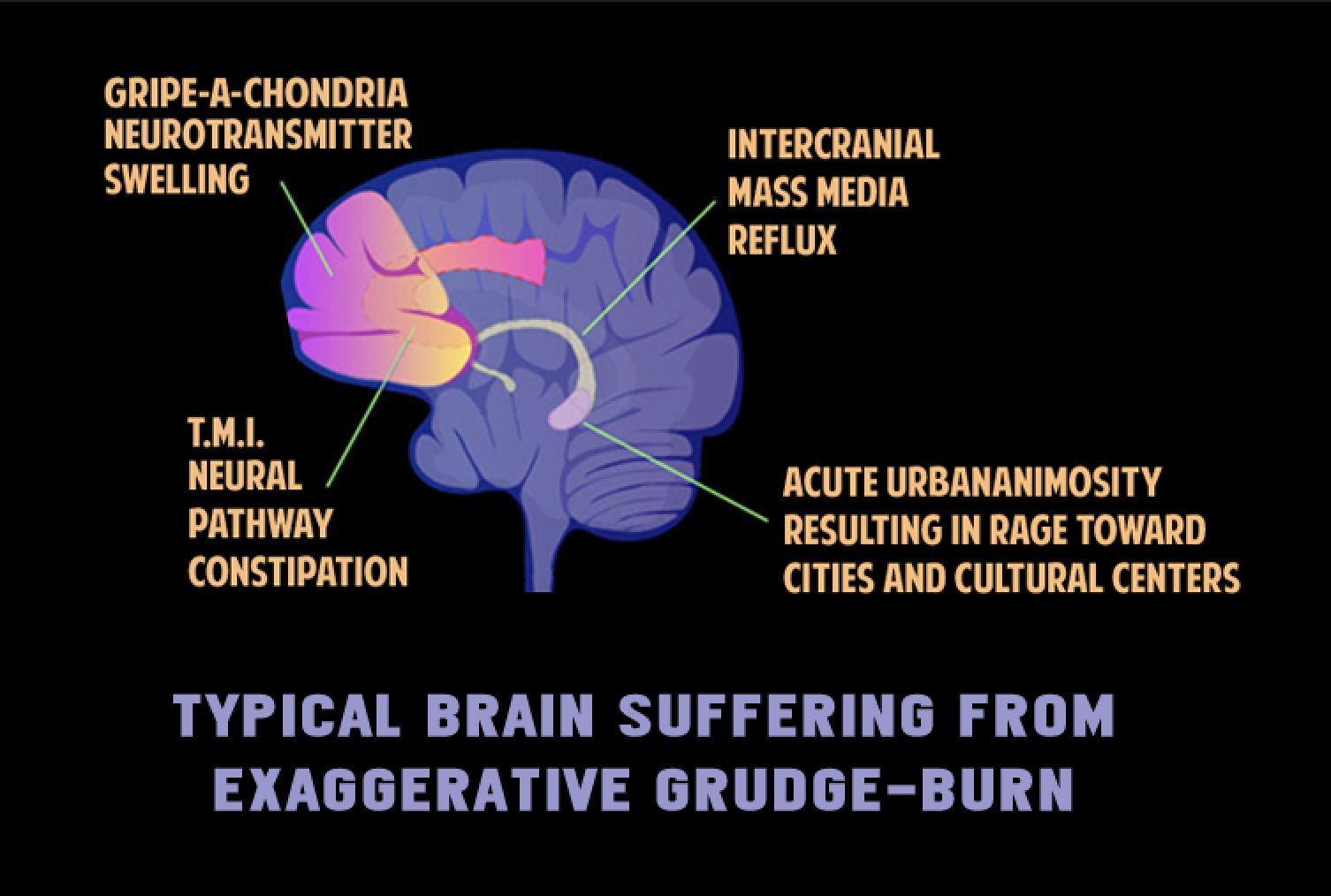“Follow the money” applies to everything, most of all to Supreme Court Justices.

CAR GUY 101: knowing the parts in the machine –any machine– is essential to comprehending how it can be affected by the elements.
I just took in this excellent piece by the award-winning publisher of “The Hightower Lowdown,” Jim Hightower. The guy is funny, and I wish I could say it made me laugh. It didn’t. But it did offer me insight that went beyond what I already knew about SCOTUS, and it reminds me to take less pleasure in the disintegration of norms and barometers (which laughs tend to abet).
The notorious “Powell Memo” (a.k.a. “Attack on the American Free Enterprise System”) was drafted in 1971 by Lewis F. Powell, Jr., and it’s a good example of something about which I knew previously zilch. Yet from it, Hightower notes, SCOTUS’ current conservative majority has drawn, uh, major inspiration.
In keeping with the period, corporate attorney Powell was not unlike Robert Duvall’s Godfather character, Tom Hagen, head lawyer for the Corleone family. As a Phillip Morris board member, Powell’s own “family” was Big Tobacco. In fact he represented the Tobacco Institute, the notorious research arm of the tobacco industry. This is important background info.
Powell’s so-called “memorandum” was a confidential letter to the Chairman of the Education Committee at the U.S. Chamber of Commerce. In it, he discussed what he termed the “Neglected Opportunity in the Courts” and proposed that corporate cash could and should lead to more corporate-friendly rulings by SCOTUS.
The heading itself is scary enough, given how little room it leaves for misinterpretation, but the memo actively urges “weaponiz[ing] the courts to serve business interests.” Powell wanted to use the courts as a tool to save capitalism. By rewarding Powell with a Supreme Court nomination just two months after writing his memo, Richard Nixon showed he was a man who also knew how to use a tool.
And so began the “operationalization” of the Court that brings us to the present day. From the 12+ year old Citizens United v. FEC ruling that allows unlimited corporate funding of campaigns and elections to Burwell v. Hobby Lobby, in which corporations were portrayed as rights bearers for “the humans who own and control [them]” and beyond, Powell’s dream of a pro-business court was coming true even in opinions by presumably “liberal” justices (though hardly to the same extent as those on the other side of the political aisle).
So now, with a super solid and uber conservative majority, why limit judicial activism to just pro-business decisions? As they lingered over the wording of their destruction of a woman’s right to privacy around her so-called private parts, SCOTUS made it virtually impossible for inmates to win release as a result of ineffective lawyering (see Shinn v. Ramirez), it effectively removed all prohibitions against the use of excessive force by federal law enforcement in violation of the 4th Amendment (see Egbert v. Boule), and with Carson v. Makin it achieved a trifecta of rulings that support the union of religious schools and federal money.
Did I mention that all of the above came down during June alone?
Now that Roe is dead, it’s easy to envision many people feeling both empowered and powerless. I fear modern day adherents to the Powell doctrine. I fear we’ll use our rapidly changing nation as a continued excuse to take our anxieties out on each other. If any part of you agrees that Americans are being pushed into an every-man-for-himself/herself society, then no moving part is more critical than your informed vote.
Do not give into despair.
Find out where your excuses go to die.
Learn the machine.
Arm yourself with yourself.
.
Further Reading:
The Powell Memo: A call to Arms for Corporations by Bill Moyers










